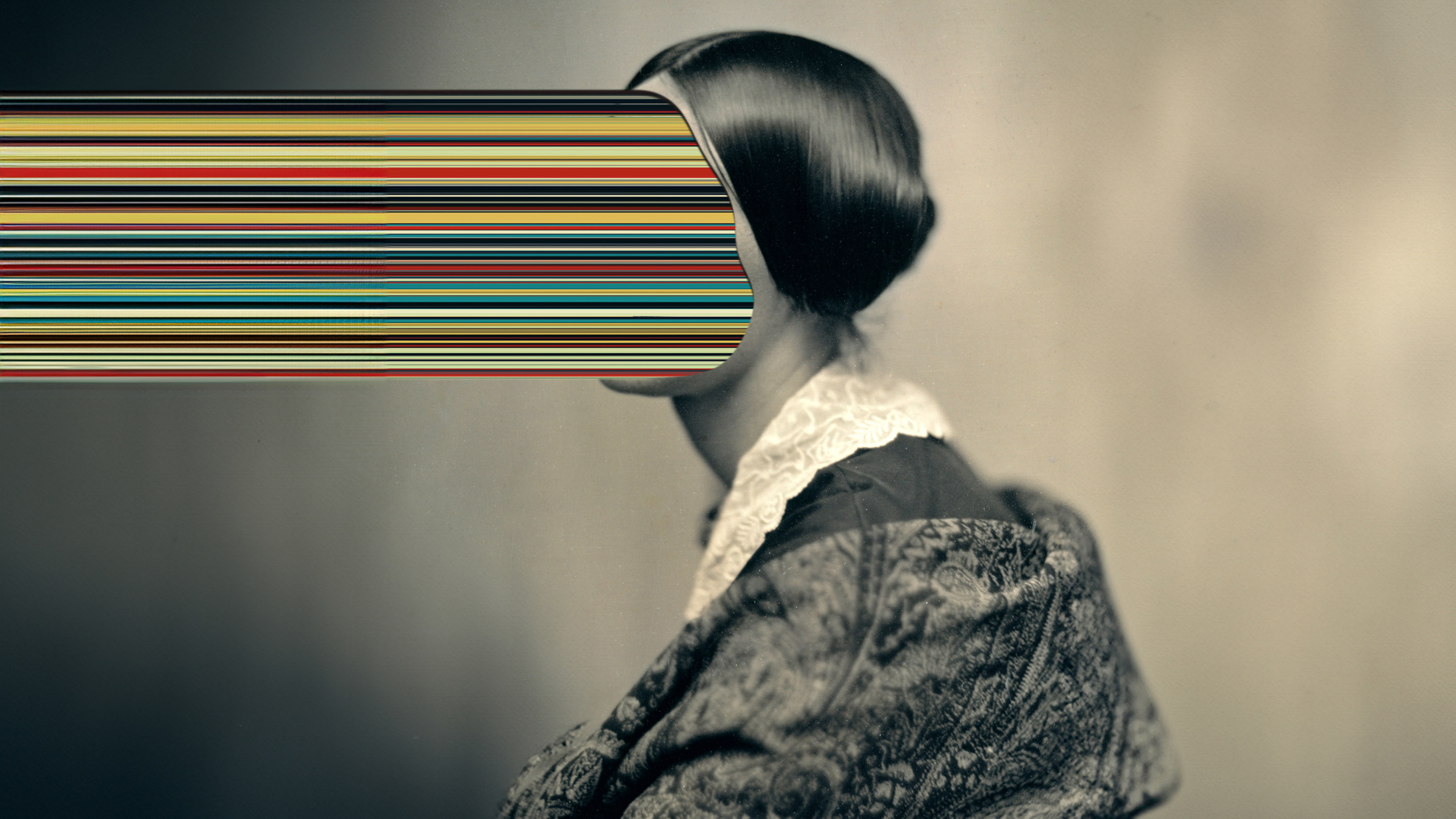A tool that lets users fight misinformation online
With the Trustnet browser extension, individuals can rate the accuracy of any content on any website.
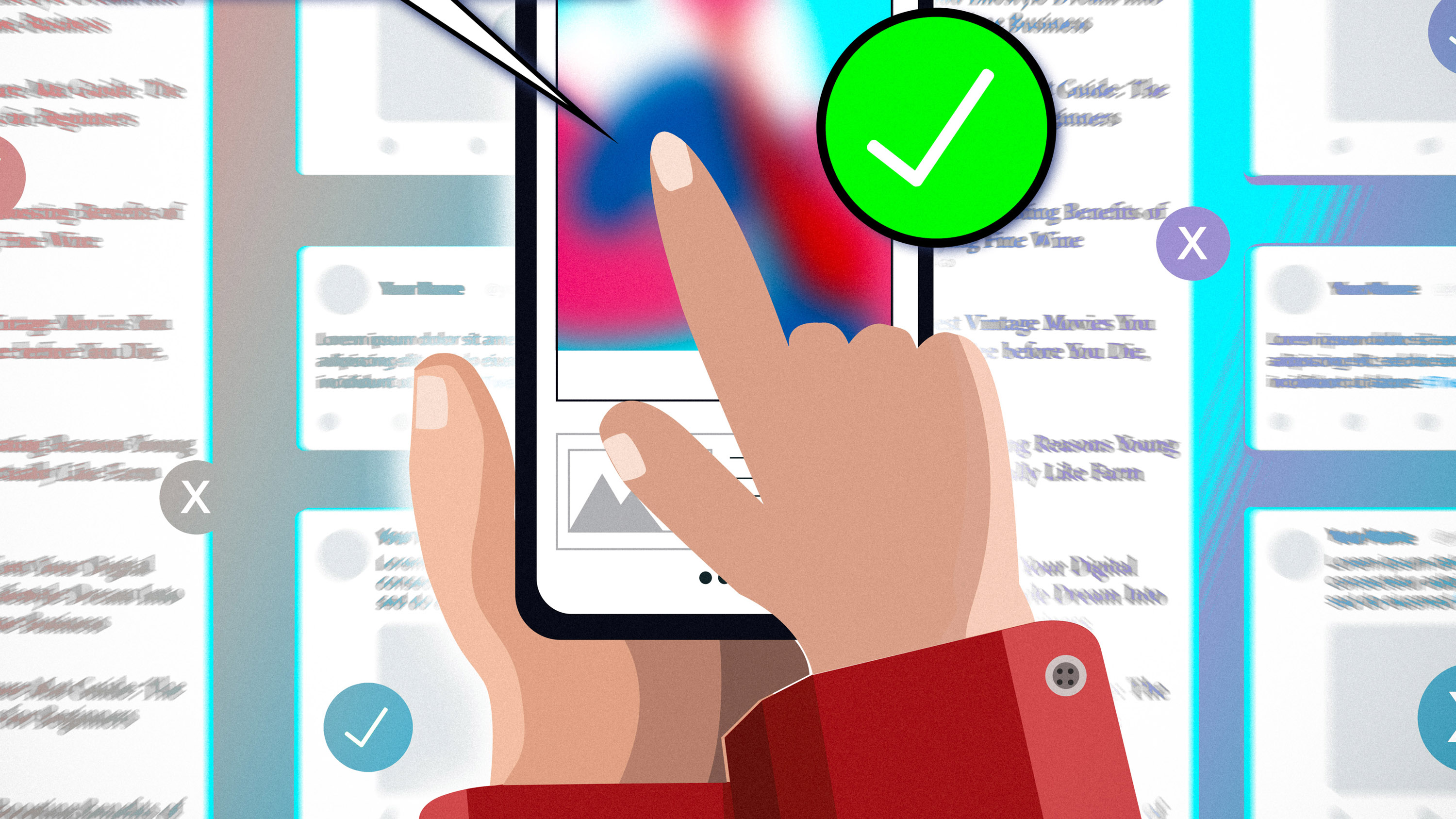
Social media platforms are often urged to fight the spread of misinformation through content moderation, but two MIT-affiliated researchers are proposing an alternative: empowering users themselves to identify which information sources are trustworthy.
The Trustnet browser extension, built by EECS professor David Karger and Farnaz Jahanbakhsh, SM ’21, PhD ’23, an assistant professor at the University of Michigan, works for content on any website, including news aggregators and video-streaming platforms as well as social media sites.
Users click a button to open a side panel where they label content as accurate or inaccurate or question its accuracy, and they can identify other sources whose assessments are trustworthy. Then, when the user visits a website that contains assessments from these sources, the side panel automatically pops up to show them. The extension also checks all links on the page a user is reading. If trusted sources have assessed content on any linked pages, the extension indicates as much and fades the links to content deemed inaccurate.
In a two-week study, the researchers found that untrained individuals could use the tool effectively. Participants said having the ability to assess content and see assessments from others helped them think critically about it. The researchers are considering ways to keep users from being trapped in their own information bubbles by identifying trust relationships in a more structured way, perhaps by suggesting reliable sources like the FDA as assessors to follow.
“In today’s world, it’s trivial for bad actors to create unlimited amounts of misinformation that looks accurate, well-sourced, and carefully argued. The only way to protect ourselves from this flood will be to rely on information that has been verified by trustworthy sources,” Karger says. “Trustnet presents a vision of how that future could look.”
Keep Reading
Most Popular
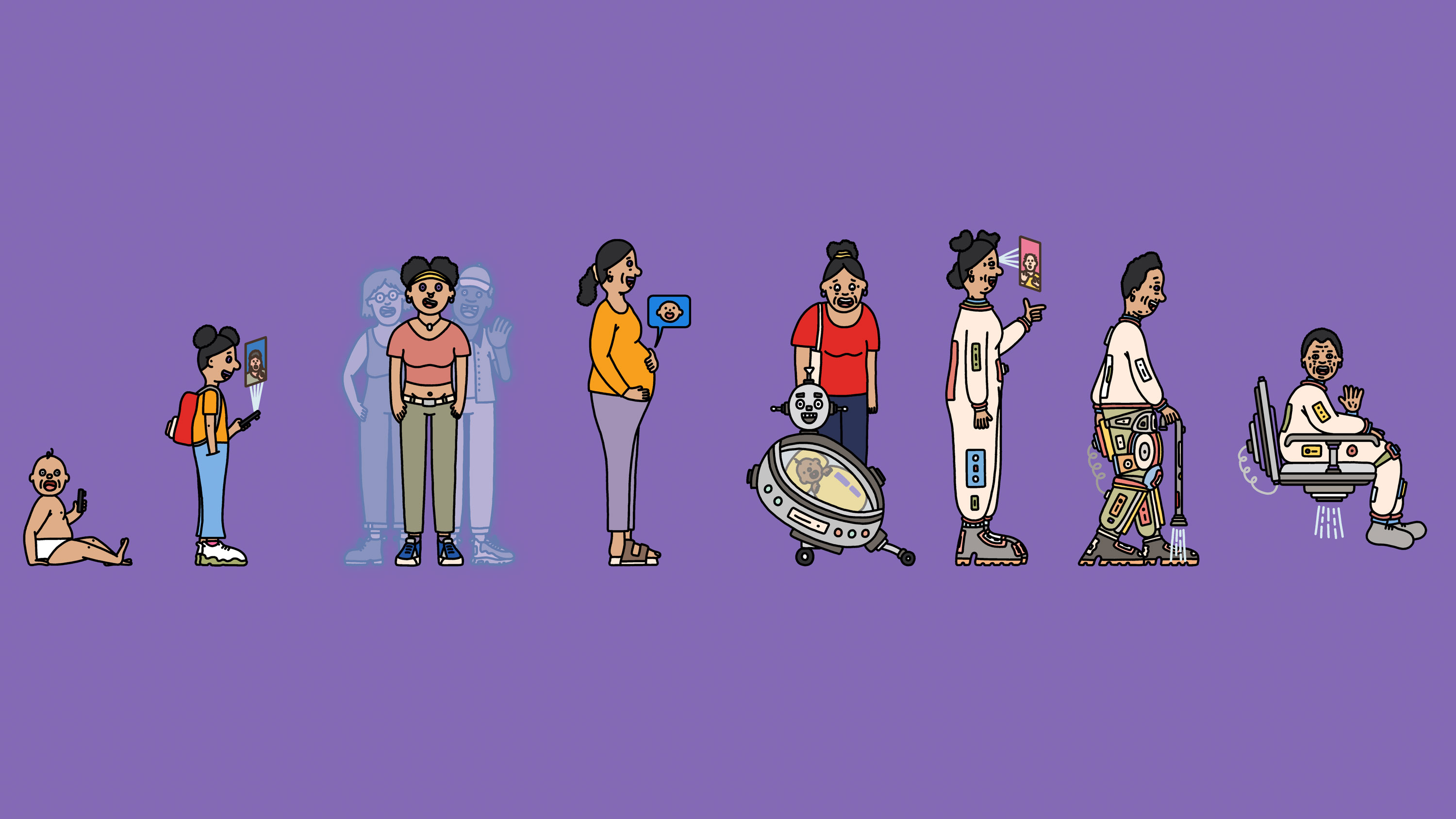
Happy birthday, baby! What the future holds for those born today
An intelligent digital agent could be a companion for life—and other predictions for the next 125 years.
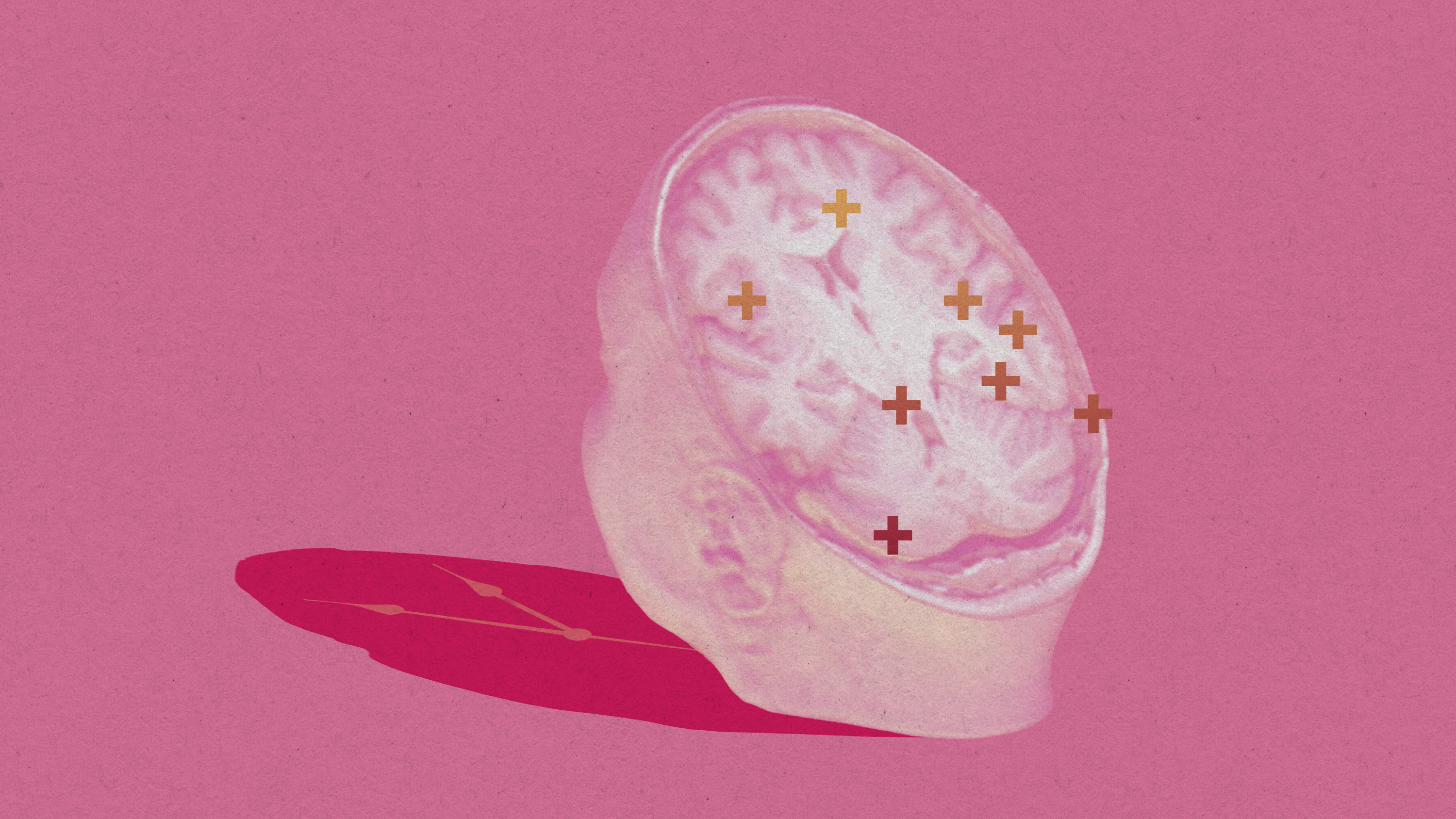
This researcher wants to replace your brain, little by little
The US government just hired a researcher who thinks we can beat aging with fresh cloned bodies and brain updates.
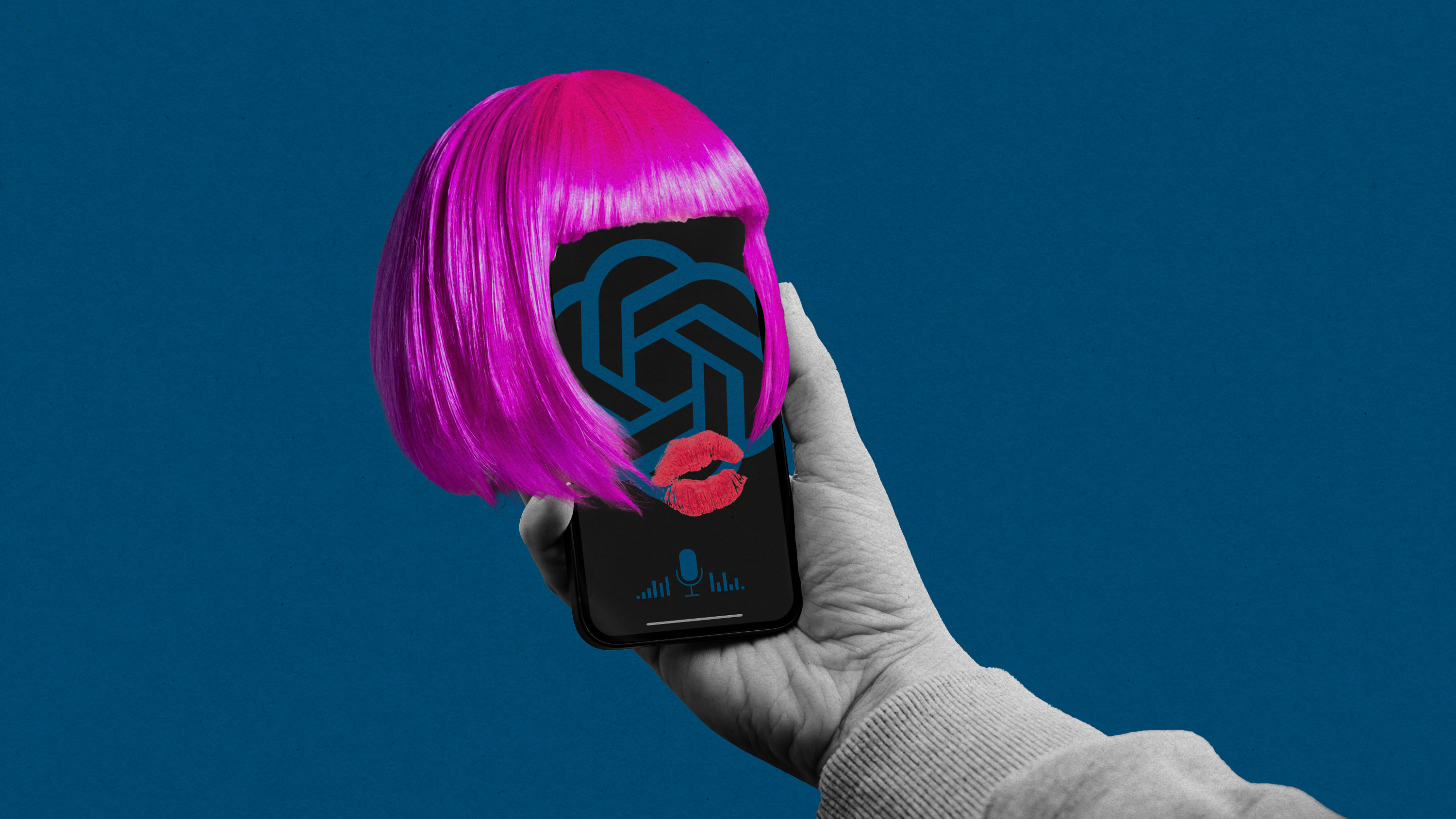
Here’s how people are actually using AI
Something peculiar and slightly unexpected has happened: people have started forming relationships with AI systems.
Stay connected
Get the latest updates from
MIT Technology Review
Discover special offers, top stories, upcoming events, and more.
